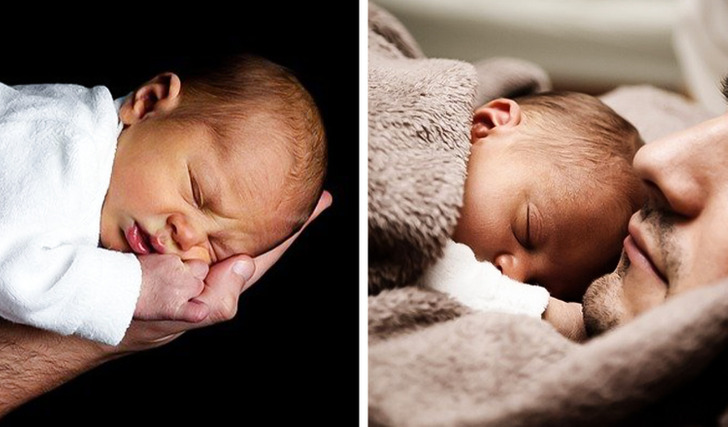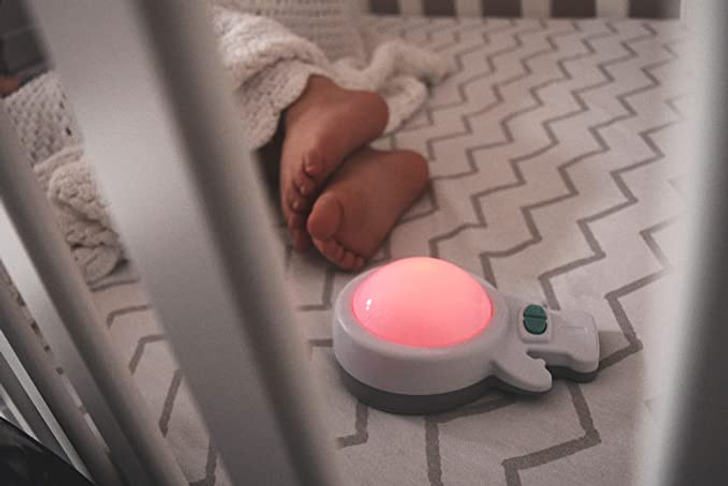1. Swaddling to promote relaxation and lower the possibility of unplanned awakenings.
Swaddling infants is a tried-and-true method that, according to studies, really enhances baby sleep. To avoid interfering with their own hands, wrap the infant in a thin fabric or a customized cocoon. The reflex contraction can be released and your infant can relax by being given a cuddle or a gentle pat with your hands on their arms and legs.
2. Background white noise to create a cozy ambiance.
3. Tactile touches that reassure the infant and calm them.
The baby's growth greatly benefits from parental touch. Additionally, they can help the youngster unwind and enter a dream at the same time. The eyelids start to cling together as soon as the back is stroked or the torso is gently rhythmically patted for a few minutes. Consider using your finger to gently stroke the baby's nasal bridge from the baby's bottom up. The likelihood that the infant will rapidly fall asleep in your presence is extremely great!
4. Rocking and gentle movements help people go from being awake to being asleep.
Vestibular stimulation is effective at promoting sleep in the brain. Additionally for adults as well as newborns. You've surely heard of babies that sleep soundly in a moving vehicle but not in their cribs. To assist your baby fall asleep, gently rock the cradle and stroller while you go around the room with them.
5. Experiment with a few additional routines to shape your sleep and see what works.
A comfy bed that is only used for sleeping and never for playing, well-ventilated space and an appropriate amount of humidity may all help a baby know when it's time to go to sleep. To learn what works best for your child, try placing the baby close to you so that he can hear your regular breathing. You may also experiment with the bed's softness.















Comments
Post a Comment